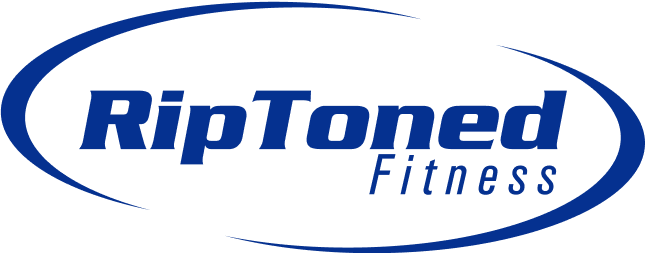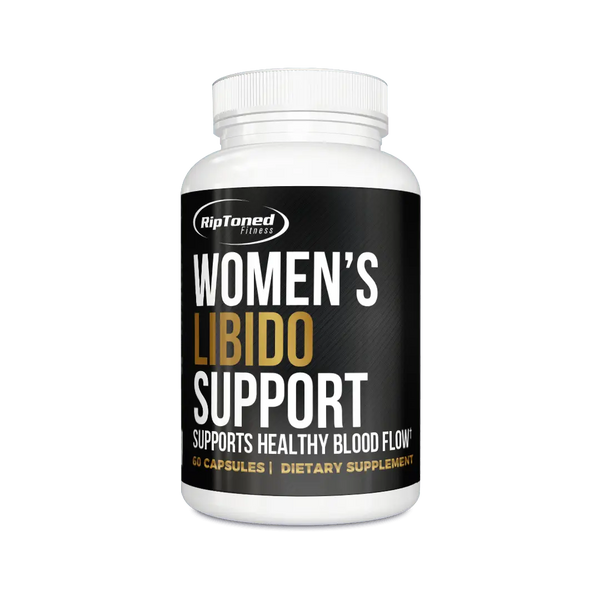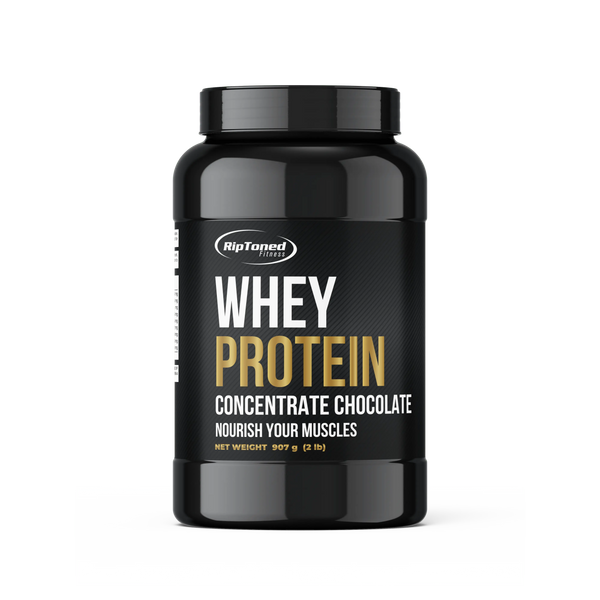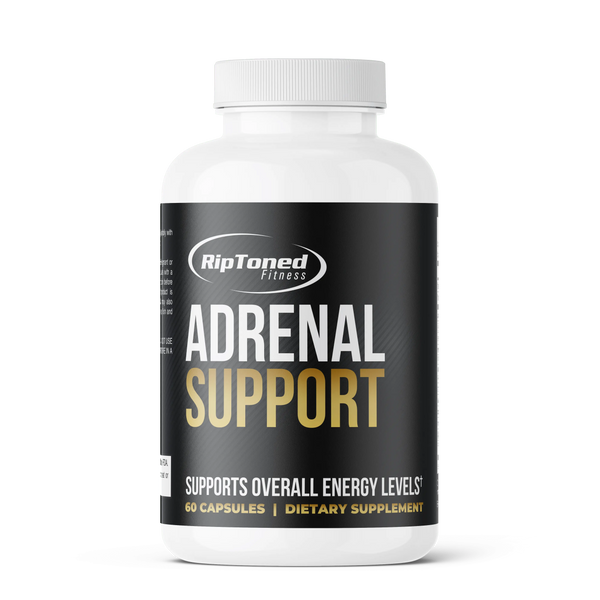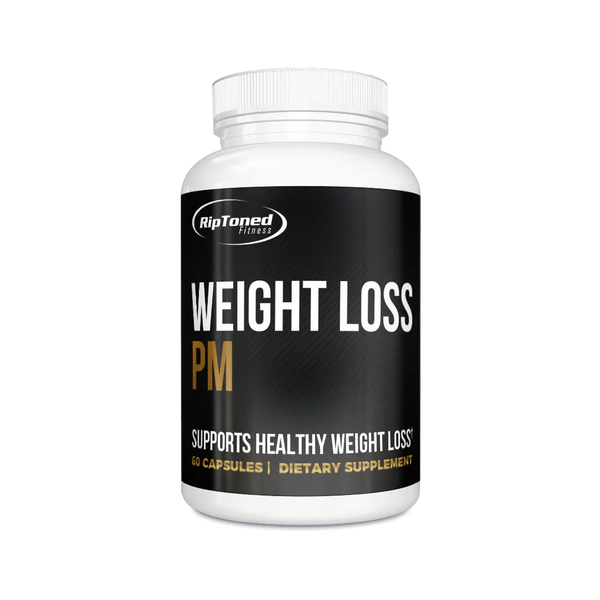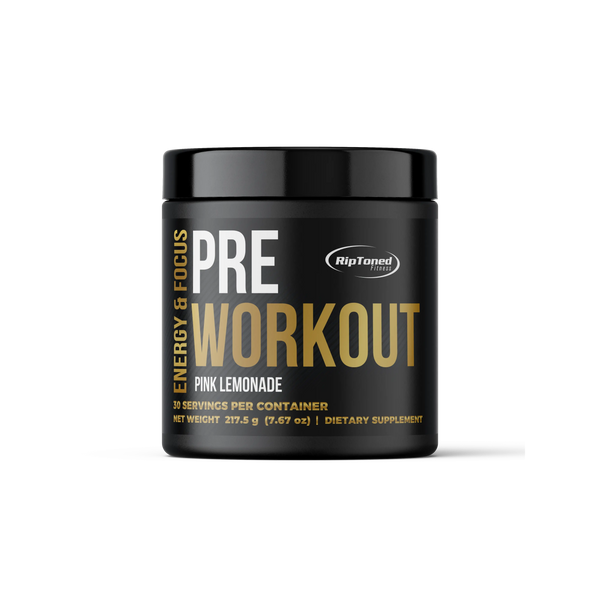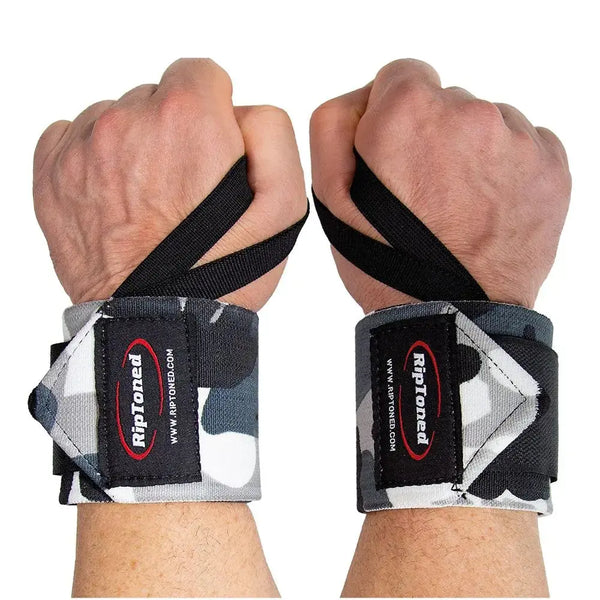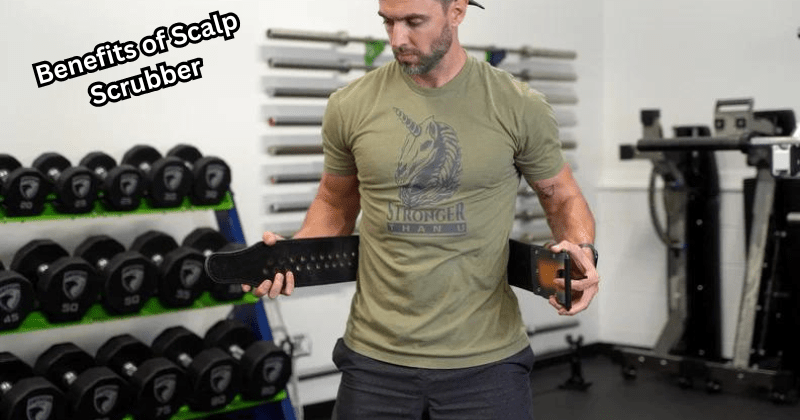
Top Tips on How to Wear a Weightlifting Belt Properly
Mark PasayShare
Wearing a weightlifting belt correctly is crucial for maximizing lifting performance and preventing injuries.
This guide will show you how to choose the right belt, position it properly, secure it, and test its fit.
We’ll also highlight common mistakes that can undermine your efforts. Understanding how to wear a weightlifting belt can help you lift heavier weights safely and efficiently.
Key Takeaways
- Choosing the right weightlifting belt involves considering material, thickness, width, and size to ensure proper support and comfort based on individual needs and lifting styles.
- Proper usage of a weightlifting belt, including correct positioning and securing, is critical to maximizing its benefits and avoiding common mistakes like improper fit or over-reliance on the belt.
- Weightlifting belts enhance core stability, increase intra-abdominal pressure, and reduce the risk of injury. Still, it is also essential to incorporate beltless training to build foundational core strength and proper lifting techniques.
Introduction
Weightlifting belts, also known as lifting belts or weight belts, are more than just accessories; they’re an investment in your lifting career. These belts provide a unique combination of mental cues and physical support, reminding you to engage your core muscles under heavy loads.
The stability that a weight lifting belt offers is unparalleled when it comes to maintaining proper form and positioning, allowing you to tackle compound exercises with confidence. It’s crucial to wear weightlifting belts during your training sessions to maximize their benefits.
Far from weakening core muscles, belts are a testament to core strength, as seen in the practices of professional powerlifters and weightlifters.
Choosing the Right Weightlifting Belt
To take advantage of a weightlifting belt, it’s paramount to make the right choice. Factors such as material, thickness, width, and size are essential as they determine the support and comfort the belt provides.
A weight belt that’s a perfect fit for your body and your lifting style can make a significant difference in your training, enhancing your ability to lift heavier weights while maintaining a solid lifting technique.
Material Options: Leather vs. Nylon
When it comes to material choices, leather and nylon stand out. Leather belts are renowned for their durability and superior performance enhancement, offering firm support ideal for heavy lifting.
On the other hand, nylon belts shine in their flexibility and ease of adjustment, making them a favorite for lifters who value comfort and versatility. Consider your lifting needs and preferences when picking between the two, as each material offers distinct benefits.
Thickness and Width
The thickness of your belt is pivotal when lifting heavy weights. A thicker belt provides a greater rigidity of the spine, aiding in lifts where you need it the most, like squats and deadlifts.
A standard width of 4 inches suits most lifters, but those engaging in Olympic weightlifting may opt for a belt thicker in the back and thinner in the front to allow for greater mobility during dynamic lifts such as the snatch and clean & jerk.
Selecting the Correct Size
Sizing is not to be overlooked when selecting a weightlifting belt. Here are some steps to help you determine the right size:
- Measure your waist at the belly button.
- Refer to the sizing chart of your chosen brand.
- Remember, the ideal size may differ based on your body composition. Someone with more body fat might choose a smaller size than a leaner individual with the same measurement.
Aim for a belt that places your waist measurement near the middle of the range for the best fit and adjustment options.
Steps to Wear a Weightlifting Belt
Having chosen the right weightlifting belt and understanding how to use it correctly is the next step.
The belt should be worn in such a way that it is securely positioned snug but not overly tight, and it should be tested for the right balance of comfort and support. Mastering these steps will help you leverage the full potential of your belt during your lifts.
Positioning the Belt
Effective usage relies heavily on positioning. The belt should ideally be situated slightly above your hip bones and below your ribcage, encircling your lower back and abdomen snugly. This placement ensures optimal support without restricting your range of motion.
Pay attention to any pinching or restrictive areas that may indicate the belt is not correctly positioned, as comfort is key to maintaining proper form.
Securing the Belt
Securing your weightlifting belt is a delicate balance. It should be tight enough to provide support but not so tight that it restricts breathing. Take a deep breath, expand your diaphragm, and then secure the belt, allowing space for your abdomen to press against it.
This snug fit will enable you to create intra-abdominal pressure to stabilize your core during heavy lifts.
Testing the Fit
Before starting your lifting, it’s crucial to assess the fit of your belt. As you take a deep breath and brace your core against the belt, there should be ample room for deep breathing and bracing without any feeling of restriction.
Ensure that you’re familiar with proper breathing and bracing techniques, as these will maximize the belt’s effectiveness and your performance.
Different Types of Weightlifting Belts and Their Uses
Weightlifting belts come in various designs, each with unique features to suit different lifting styles. From the quick-release functionality of prong belts to the secure fit of lever belts and the adjustability of Velcro belts, there’s a type to match every lifter’s preference. Understanding the differences will help you make an informed choice that complements your lifting routine.
Prong Belts
Prong belts are a popular choice for their simplicity and reliability. Single-prong belts are straightforward to use and adjust, making them a great option for lifters who value ease of use and comfort. Double-prong belts offer additional security, which some lifters prefer, especially during maximal lifts. Choose a prong belt based on your preference for comfort and the level of security you require.
Lever Belts
Lever belts are renowned for their quick and secure fastening. Once adjusted to your size, the lever allows for swift tightening and release, which is particularly advantageous in competitive settings where time is of the essence. If you’re looking for a belt that you can get on and off quickly between sets, a lever belt might be your best bet.
Velcro Belts
Velcro belts are the go-to option for lightweight and easily adjustable support. Their flexibility makes them suitable for a range of exercises, although they may not provide the same level of stability as leather belts for extremely heavy lifts.
If you’re new to lifting or prefer a less rigid option, a Velcro belt could be the ideal choice.
Common Mistakes When Wearing a Weightlifting Belt
Even with the best weightlifting belt, one can still fall prey to common usage mistakes. These errors can hinder the belt’s effectiveness and, worse, lead to injury.
Identifying and sidestepping these common mistakes is vital in utilizing your belt’s benefits to the fullest and guaranteeing your safety during lifts.
Wearing the Belt Too Tight or Too Loose
The fit of your belt is a critical aspect that can make or break its effectiveness. A belt that’s too tight may impede your ability to breathe and brace properly, while too loose a fit won’t provide the necessary support.
Related Products
Finding a middle ground where the belt is snug yet allows for full breaths and proper bracing is essential.
Over-Reliance on the Belt
Using a weightlifting belt for every lift can create a false sense of security and lead to neglecting the development of core strength. It’s important to use the belt strategically, primarily for lifts that place significant stress on the lower back, and not as a crutch for every exercise in your routine.
This approach ensures your core muscles remain engaged and strengthen over time.
Incorrect Placement
Incorrect placement of the belt can compromise its stability and support. Placing it too high or too low on the torso can lead to discomfort and inefficiency. To avoid this, ensure the belt is in a position that feels natural and allows for full engagement of the core muscles during lifts.
How to Break in a New Weightlifting Belt
Initially, a new weightlifting belt may feel stiff, requiring an adjustment period to attain comfort. Adapting your belt to your body shape is a vital step to ensure it offers the best support for your lifts.
There are several techniques to accelerate this process and enhance the belt’s fit.
Regular Use and Adjustment
The most effective way to break in a new weightlifting belt is to use it regularly. Consistent use during training allows the belt to conform to your body’s shape, enhancing comfort and support.
Over time, the lifting belt will become an extension of your body, moving with you and aiding in your lifts.
Softening Techniques
To expedite the break-in process, consider applying leather conditioner to a new leather belt or using softening techniques like rolling and gently heating the belt. These methods can help the belt become more pliable, conform to your body shape more quickly, and provide a comfortable fit.
Benefits of Using a Weightlifting Belt
Using a weightlifting belt offers a myriad of benefits that extend beyond mere support. From enhancing core stability to increasing intra-abdominal pressure and reducing the risk of injury, a weightlifting belt can be a significant asset to your lifting routine.
We’ll examine how a belt enhances your training and the reasons it’s highly preferred by experienced lifters.
Enhanced Core Stability
A weightlifting belt’s primary function is to enhance core stability, which is crucial for executing heavy lifts safely and effectively. By providing external support, the belt allows you to brace your core more firmly, creating a solid foundation for your lifts. This increased stability not only improves performance but also helps to prevent injuries.
Increased Intra-Abdominal Pressure
The increased intra-abdominal pressure that a belt provides is key to stabilizing the trunk during heavy lifts. By cinching the belt properly and bracing against it, you create a pressurized environment within the abdomen, which supports the spine and reduces the risk of injury.
This pressure acts as an internal brace, allowing you to lift heavier weights with confidence.
Reduced Risk of Injury
One of the most significant benefits of using a weightlifting belt is the reduced risk of lower back injuries. The belt limits excessive lumbar extension, forcing you to lift with proper mechanics and maintain a neutral spine. This precautionary measure can prevent debilitating injuries that could sideline your training progress.
Training Without a Weightlifting Belt
While the use of a weightlifting belt can be incredibly beneficial, it’s also important to incorporate beltless training into your routine. Training without a belt helps develop the core strength and lifting technique essential for long-term progress and injury prevention.
We’ll look into the importance of beltless training and the appropriate time for its integration.
Beltless Training Benefits
Beltless training offers an array of benefits, particularly when it comes to building foundational core strength. Without the external support of a belt, your core muscles must work harder to stabilize your spine, which leads to increased muscle engagement and development. This training style also encourages proper breathing and bracing techniques, essential for lifting safely and effectively.
When to Train Without a Belt
Integrating beltless training into your routine is a strategic move. It’s often best to train without a belt at submaximal loads, focusing on form and core engagement. Save the belt for those heavy lifts where additional support is needed.
This balance ensures you’re not over-reliant on the belt while still reaping its benefits when it counts.
Summary
To wrap it up, a weightlifting belt is a powerful ally in your quest for strength and safety. By choosing the right belt, wearing it properly, and recognizing when to go without it, you can maximize your lifting potential while minimizing the risk of injury. Armed with this knowledge, you’re now equipped to lift smarter, not just harder.
Frequently Asked Questions
Can wearing a weightlifting belt weaken my core muscles?
Wearing a weightlifting belt does not weaken your core muscles. It provides external support and can help you engage your core more effectively during heavy lifts.
How tight should my weightlifting belt be?
Your weightlifting belt should be snug but not so tight that it restricts breathing. It should allow you to take full, deep breaths and brace your core against the belt.
Should I always use a weightlifting belt when lifting?
No, you shouldn't always use a weightlifting belt when lifting. It's best to reserve it for maximal or near-maximal efforts to maintain core muscle engagement and strength.
What's the best way to break in a new weightlifting belt?
The best way to break in a new weightlifting belt is through regular use, and you can also use leather conditioners or softening techniques like rolling and gentle heating to make the belt more pliable.
How do I choose between a prong, lever, or Velcro belt?
Choose a belt based on your personal preferences and the type of lifting you do. Prong belts offer comfort and ease of use, lever belts allow quick adjustments, and Velcro belts provide flexibility and adjustability.
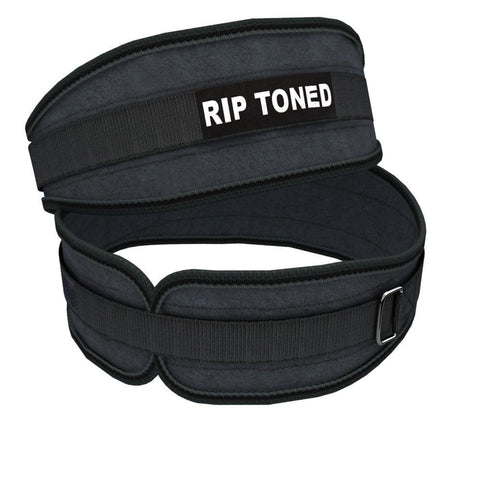
Related Posts
-
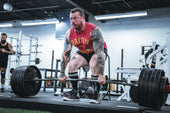
POWERLIFTING THE RIGHT WAY
-
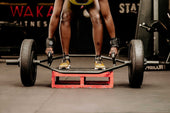
Unlock Your Strength Potential: Conquer Weak Grip Strength Now
-
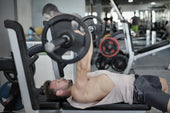
Bench Press to Success - Mastering your form
-
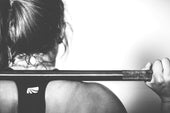
5 Tips for Women to Build Lean Muscle Tone in 2024
-
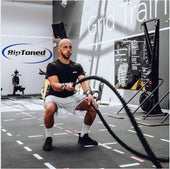
How to Get the Most Out of a Lifting Session
-

Working Out Under the Weather
-
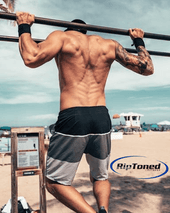
The Lesser-known Benefits of Weightlifting
-

How Weight Training Supports Immune Health
-

The History of Weightlifting
-

Rest up to build up
-
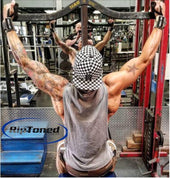
4 Tips to Improve Lifting Gains The Right Way
-

4 Tips to Prevent Training Injuries
-

Top 3 Work Out Myths EXPOSED!!
-

Common Lifting Injuries (And How to Avoid Them)
-
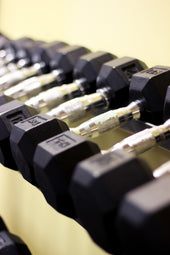
Hit the Gym or Stay at Home?
-
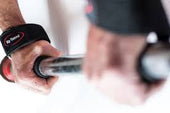
Weightlifting Benefits – Many Health Benefits for Men and Women
-

Why Does Whey Protein Make Me Sick
-

Can Protein Powder Upset Your Stomach
-

What To Mix Unflavored Protein Powder With
-

Crush Your PRs: The Gradual Strength Increase Guide for CrossFitters
-

Whey vs Collagen Protein: Which Is Best for You?
-

Can I Take Whey Protein Without Working Out? What You Need to Know
-

Why Does Whey Protein Hurt My Stomach: Causes and Solutions
-

Boost Your Run: Should You Take Pre-Workout Before Running?
-

Top Pre-Workout Benefits: Boost Energy and Enhance Performance
-
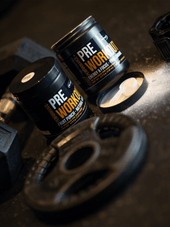
How Long Does Pre-Workout Take to Kick In? Find Out Here!
-
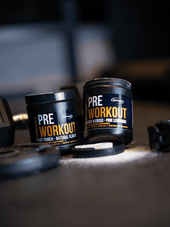
How Long Does Pre-Workout Last? Your Essential Guide
-

Does Pre-Workout Give You Pimples
-

How Long Does Pre-Workout Stay in Your System
-

When Should I Take Pre-Workout
-

Can I Mix Creatine With Pre-Workout
-

Long Term Side Effects of Pre-Workout Supplements
-

How Much Caffeine in Pre-Workout
-

Pre-Workout Alternatives
-

Does Pre-Workout Break a Fast
-

What to Eat Pre-Workout
-

What is In Pre-Workout
-

Advantages of Pre Workout Supplements
-

How To Get Rid Of Pre Workout Itch
-

How To Make Your Own Pre Workout
-

How Many Scoops Of Pre Workout Should I Take
-

How Bad Are Pre Workouts For You
-

How Long Before A Workout Should I Take Pre-Workout
-

How Much Caffeine Is In Bucked Up Pre Workout
-

How Long Does Pre Workout Increase Blood Pressure
-

What Does Pre Workout Do
-

Can I Use Sprite As Pre Workout
-

Can Supplements Boost Weightlifting Motivation
-

Why Do Weightlifters Wear Belts
-

Does Lifting Weights Cause Varicose Veins? What You Need to Know
-

Does Lifting Weights Affect Uterus Health? What Women Need to Know
-

How Lifting Weights Can Affect Your Sex Drive: Does Lifting Weights Make You Horny?
-

Why Don't I Sweat When I Lift Weights? Understanding the Causes
-

Why Are Physical Fitness Attitudes Important? Insights & Benefits
-

Why is Anytime Fitness So Expensive? Understanding Membership Costs
-

Substitute For Whey Protein Powder In Keto Baking
-

How Many Calories Does 1 Hour of Weightlifting Burn
-

A Guide To Cleaner Protein Supplementation
-

What Causes The Frothiness in Your Fitness Drink
-

How to Take Collagen Safely After a Gastric Bypass: Essential Tips
-

Why Do Protein Shakes Make Me Nauseous? Top Reasons and Solutions
-

Why Does My Stomach Hurt After Protein Shake? Understanding Your Digestive Discomfort
-

Can I Take Collagen After Gastric Bypass
-

Why Does My Protein Shake Foam
-

How Long to See Effects of Collagen
-

Can Diabetics Drink Protein Drinks
-

Best Belt for CrossFit: Complete Guide 2025
-

Rip Toned vs SBD Belts: Which Brand Offers Better Value and Performance?
-
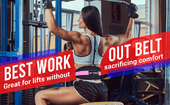
The Complete Guide to Women's Weightlifting Belts
-
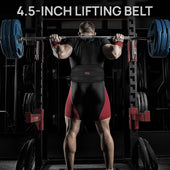
Should Beginners Use a Weightlifting Belt
-
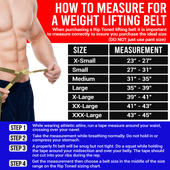
10mm vs 13mm Belt Thickness: The Complete Guide
-

Prong Buckle vs Lever Buckle Belts: The Ultimate Comparison Guide
-

Powerlifting Belts vs Bodybuilding Belts
-

Weightlifting Straps vs. Lifting Hooks: Which is Better?
-

How to Treat Weightlifters Elbow
-

Should You Use Lifting Straps During Bicep Curls for Better Gains?
-

Weightlifting Straps vs. Bare Hands
-

Benefits of Using Weightlifting Straps in Training
-

Mistakes to Avoid When Using Weightlifting Straps
-

Wrist Wraps While Doing Curls
-

Should I Use Wrist Wraps for Bench Press
-

How to Clean Wrist Wraps
-

Are Wrist Wraps Necessary
-

The Ultimate Deadlift Guide: From Form to Performance
-

What Exercises to Use Wrist Wraps For?
-

Are Wrist Wraps Cheating on Bench?
-

Do Wrist Wraps Make You Stronger?
-

Do Wrist Wraps Help With Grip Strength
-

When to Start Using Wrist Wraps
-

Best Weightlifting Belts 2025: Ultimate Buyer's Guide
-
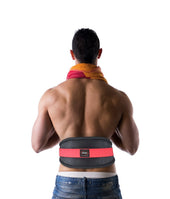
How to Measure for a Weightlifting Belt
-

Can Wrist Wraps Boost Your Grip Strength in Weightlifting?
-

Should You Use Wrist Wraps for Bench Press and Overhead Press?
-

Do Wrist Wraps Help with Wrist Pain During Strength Training? Find Out Here
-

How Can Wrist Wraps Prevent Injury During Heavy Lifting?
-
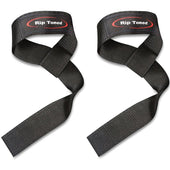
How Do You Use Weightlifting Straps: A Simple Guide for Better Lifts
-

How to Pick a Lifting Belt: A Practical Guide for Every Lifter
-

How to Measure for Lifting Belt
-

Do Weight Lifting Belts Help Lower Back Pain
-

Do I Need a Lifting Belt
-
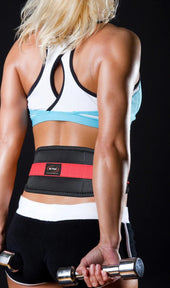
Purpose of Weight Lifting Belt
-
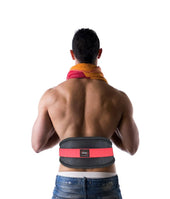
When to Use a Lifting Belt
-

What Does A Lifting Belt Do
-

What Do Wrist Wraps Do For Lifting
-
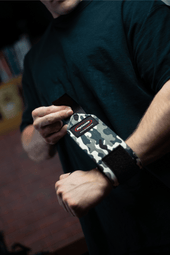
How To Wrap A Wrist For Carpal Tunnel
-

How To Wrap Wrist For Pain
-

What Are Wrist Wraps For
-

How Do You Use Weightlifting Straps
-

Why Is Mental Focus Important in Powerlifting? The Key to Peak Performance
-

Can Bodybuilding Help with Fat Loss? Discover Proven Benefits
-

Mastering the Basics: How to Improve Your Powerlifting Technique
-

Why Is Proper Form Crucial in Powerlifting? Tips for Safe and Effective Lifting
-

Can Powerlifting Increase Athletic Performance? Exploring Strength Gains and Sport Benefits
-

Top Tips on How to Avoid Common Injuries in Bodybuilding
-

Why Is Recovery Essential in Bodybuilding: Key Strategies and Benefits
-

Can Powerlifting Improve Overall Fitness? Explained
-

How Much Can a 17 Year Old Deadlift? Average Weights and Tips
-

Why Aren’t My Arms Growing as Fast as My Chest? Top Reasons Explained
-

How to Do Back Compression Deadlift: Best Tips for Pain-Free Lifting
-

Why Is My Bench Press Not Increasing
-
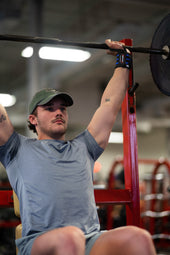
Unlock Your Potential: How to Get Stronger Gradually
-

Unlock Muscle Growth: Understanding What Is the 6-12-25 Rule
-

5 Lbs of Muscle in a Month? Let's Get Real
-

Get that celebrity booty in 10 easy to do work out routines
-

A.M. vs P.M. Workouts
-
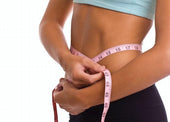
Fasting Do’s and Dont's
-

5 Surprising Sources of Protein
-
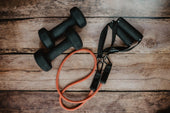
Home Workout Upgrade Must-haves
-
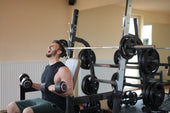
Top 5 Reasons You Aren’t Reaching Your Weightlifting Goals
-
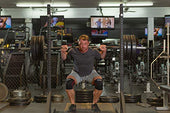
Squats: A Must in Weightlifting and for Strength Training
-

Weightlifting Routines for Men, Women and Beginners
